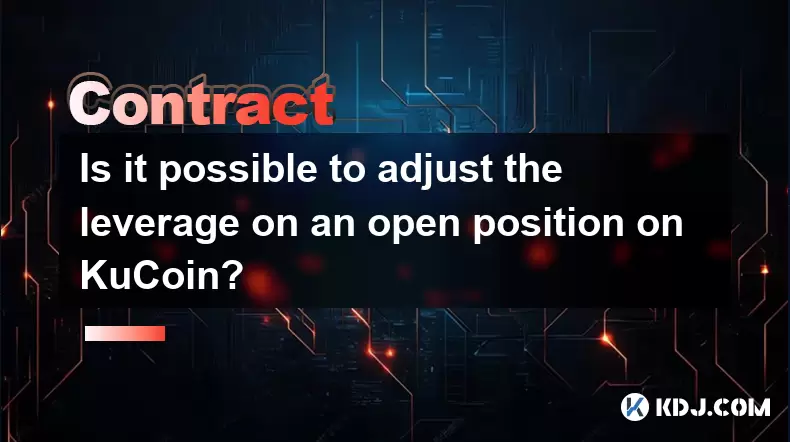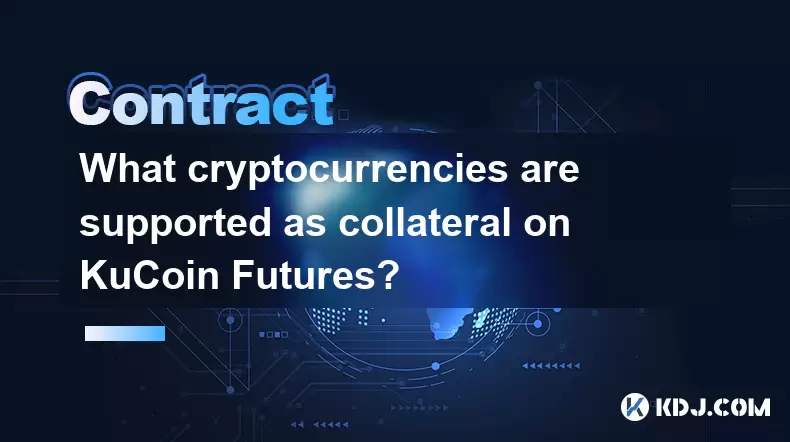-
 Bitcoin
Bitcoin $117600
0.25% -
 Ethereum
Ethereum $4424
0.10% -
 XRP
XRP $3.101
0.50% -
 Tether USDt
Tether USDt $1.001
-0.01% -
 BNB
BNB $836.2
1.26% -
 Solana
Solana $188.8
2.11% -
 USDC
USDC $1.000
0.01% -
 Dogecoin
Dogecoin $0.2301
0.57% -
 TRON
TRON $0.3485
-1.00% -
 Cardano
Cardano $0.9209
-1.34% -
 Hyperliquid
Hyperliquid $46.72
-1.19% -
 Chainlink
Chainlink $22.62
4.84% -
 Stellar
Stellar $0.4275
-0.38% -
 Sui
Sui $3.761
1.91% -
 Bitcoin Cash
Bitcoin Cash $586.7
-0.25% -
 Ethena USDe
Ethena USDe $1.001
0.01% -
 Hedera
Hedera $0.2510
2.06% -
 Avalanche
Avalanche $24.21
2.22% -
 Litecoin
Litecoin $119.7
1.07% -
 Toncoin
Toncoin $3.450
1.06% -
 UNUS SED LEO
UNUS SED LEO $9.411
-0.93% -
 Shiba Inu
Shiba Inu $0.00001298
1.20% -
 Uniswap
Uniswap $10.98
3.25% -
 Polkadot
Polkadot $3.961
2.16% -
 Dai
Dai $1.000
0.00% -
 Bitget Token
Bitget Token $4.642
0.95% -
 Cronos
Cronos $0.1514
0.57% -
 Ethena
Ethena $0.7290
3.78% -
 Monero
Monero $254.1
7.69% -
 Pepe
Pepe $0.00001102
2.47%
DigiFinex Contract Trading Tutorial
DigiFinex's contract trading platform provides a comprehensive solution for experienced traders seeking leveraged trading opportunities, offering step-by-step tutorials, detailed contract parameters, and risk management guidance to ensure successful participation in the contract trading market.
Nov 24, 2024 at 08:51 am

DigiFinex Contract Trading Tutorial: A Comprehensive Guide to Leveraged Trading
DigiFinex, a leading cryptocurrency exchange, offers a robust platform for contract trading. This comprehensive guide will provide a step-by-step tutorial on how to navigate DigiFinex's contract trading platform.
What is Contract Trading?
Contract trading is a form of leveraged trading, enabling traders to speculate on the price movements of an underlying asset without actually owning the asset. Leveraged trading magnifies both profits and losses, making it suitable for experienced traders seeking higher returns.
Step-by-Step Tutorial
1. Opening a DigiFinex Account
- Create an account on the DigiFinex website.
- Complete the KYC verification process.
- Fund your account with cryptocurrencies or fiat currency.
2. Navigating the Contract Trading Platform
- Select "Contract Trading" from the DigiFinex homepage.
- Choose your desired contract type (e.g., perpetual, futures).
- Select the underlying asset you want to trade.
3. Understanding Contract Parameters
- Contract Value: The notional value of one contract unit.
- Leverage: The ratio of borrowed funds to your deposited capital. Leverage magnifies both profits and losses.
- Margin: The amount of capital you deposit as collateral. Higher leverage requires a higher margin.
- Funding Rate: A periodic payment or fee to maintain contract positions.
4. Placing a Contract Order
- Choose your trade type (e.g., market, limit, stop).
- Specify the contract quantity and leverage.
- Set your entry price for limit orders or stop orders.
- Confirm your order and monitor its status.
5. Managing Contract Positions
- Once your order is executed, it will create a contract position.
- Monitor your open positions in the "Positions" tab.
- Adjust your positions by adding or reducing the contract quantity.
- Close your positions to realize profits or losses.
6. Understanding Contract Settlement
- Contracts expire on specific dates.
- At expiry, the contract price is settled against the underlying asset price.
- Traders receive profits or losses based on price movements relative to their position.
7. Risk Management and Considerations
- Leverage trading amplifies profits and losses.
- Set appropriate leverage levels based on your risk tolerance.
- Use stop-loss orders to limit potential losses.
- Monitor market volatility and adjust your positions accordingly.
8. Additional Tips
- Study market trends and conduct thorough research.
- Practice contract trading on a demo account before using real funds.
- Seek professional guidance if needed.
Disclaimer:info@kdj.com
The information provided is not trading advice. kdj.com does not assume any responsibility for any investments made based on the information provided in this article. Cryptocurrencies are highly volatile and it is highly recommended that you invest with caution after thorough research!
If you believe that the content used on this website infringes your copyright, please contact us immediately (info@kdj.com) and we will delete it promptly.
- Kazakhstan's Crypto Leap: Bitcoin ETF and Central Asia's Digital Finance Future
- 2025-08-13 12:45:19
- BlockDAG Presale Blazes Past $371M: Fundraising Frenzy Fuels Crypto Sensation
- 2025-08-13 13:05:21
- Meme Coins: Chasing the 2025 Surge – Which Will Moonshot?
- 2025-08-13 10:25:23
- Bitcoin's Wild Ride: Rally, Pullback, and What's Next
- 2025-08-13 10:25:23
- Bitcoin, Bitmax, and Institutional Demand: A New Era of Crypto Investment
- 2025-08-13 10:45:12
- Solana, ROAM, and Airdrops: What's the Buzz in 2025?
- 2025-08-13 11:35:13
Related knowledge

Is it possible to adjust the leverage on an open position on KuCoin?
Aug 09,2025 at 08:21pm
Understanding Leverage in KuCoin Futures TradingLeverage in KuCoin Futures allows traders to amplify their exposure to price movements by borrowing fu...

What cryptocurrencies are supported as collateral on KuCoin Futures?
Aug 11,2025 at 04:21am
Overview of KuCoin Futures and Collateral MechanismKuCoin Futures is a derivatives trading platform that allows users to trade perpetual and delivery ...

What is the difference between realized and unrealized PNL on KuCoin?
Aug 09,2025 at 01:49am
Understanding Realized and Unrealized PNL on KuCoinWhen trading on KuCoin, especially in futures and perpetual contracts, understanding the distinctio...

What different order types are available to use on KuCoin Futures?
Aug 13,2025 at 11:35am
Understanding Order Types on KuCoin FuturesKuCoin Futures offers a comprehensive range of order types to accommodate different trading strategies and ...

How does KuCoin Futures compare against Binance Futures in terms of features?
Aug 09,2025 at 03:22am
Trading Interface and User ExperienceThe trading interface is a critical component when comparing KuCoin Futures and Binance Futures, as it directly i...

How can I manage risk when applying high leverage on KuCoin?
Aug 13,2025 at 11:35am
Understanding High Leverage and Its Implications on KuCoinHigh leverage in cryptocurrency trading allows users to control larger positions with a rela...

Is it possible to adjust the leverage on an open position on KuCoin?
Aug 09,2025 at 08:21pm
Understanding Leverage in KuCoin Futures TradingLeverage in KuCoin Futures allows traders to amplify their exposure to price movements by borrowing fu...

What cryptocurrencies are supported as collateral on KuCoin Futures?
Aug 11,2025 at 04:21am
Overview of KuCoin Futures and Collateral MechanismKuCoin Futures is a derivatives trading platform that allows users to trade perpetual and delivery ...

What is the difference between realized and unrealized PNL on KuCoin?
Aug 09,2025 at 01:49am
Understanding Realized and Unrealized PNL on KuCoinWhen trading on KuCoin, especially in futures and perpetual contracts, understanding the distinctio...

What different order types are available to use on KuCoin Futures?
Aug 13,2025 at 11:35am
Understanding Order Types on KuCoin FuturesKuCoin Futures offers a comprehensive range of order types to accommodate different trading strategies and ...

How does KuCoin Futures compare against Binance Futures in terms of features?
Aug 09,2025 at 03:22am
Trading Interface and User ExperienceThe trading interface is a critical component when comparing KuCoin Futures and Binance Futures, as it directly i...

How can I manage risk when applying high leverage on KuCoin?
Aug 13,2025 at 11:35am
Understanding High Leverage and Its Implications on KuCoinHigh leverage in cryptocurrency trading allows users to control larger positions with a rela...
See all articles

























































































